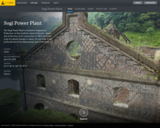
1907 CE - 1965 CE, Japan's turning point in technological development
- Subject:
- Architecture
- Arts and Humanities
- CTE
- World history
- Date Added:
- 06/06/2017

1907 CE - 1965 CE, Japan's turning point in technological development

1495 CE - 1500 CE, Gothic Masterpiece of Lithuania
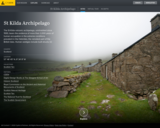
1830 CE - 1930 CE, Surviving in Isolation

1100 CE - 1714 CE, Stone Castle atop a Volcanic Crag
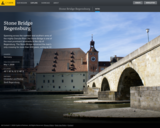
1135 CE - 1146 CE, A Masterpiece of Medieval Engineering

1958 CE - 1973 CE, An Australian icon
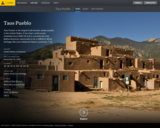
1000 CE - 1450 CE, A Thousand Years of Continuous Occupation
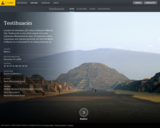
100 BCE - 750 CE, Ancient Metropolis in the Valley of Mexico - Located 32 kilometers (20 miles) northeast of Mexico City, Teotihuacán is one of the largest and most impressive Mesoamerican sites; its expansive urban causeways and massive pyramids rise from the Basin of Mexico as a monument to its lasting influence and grandeur. The name Teotihuacán translates to ‘The City of the Gods' in the Nahuatl language of the Aztec people, who conquered the area over 700 years after Teotihuacán fell. Teotihuacán was laid out on a grid and functioned as a city with a densely-populated and fully-urbanized central zone that was carefully planned by its founders. The Pyramid of Quetzalcoatl (which translates as ‘Feathered Serpent') and the buildings of its surrounding plaza contain the greatest concentration of the city's painted and sculptural iconography.

1912 CE - 1913 CE, Carnegie Hall of the Prairies
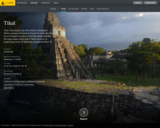
400 BCE - 900 CE, Mighty City of the Ancient Maya Civilization - Tikal is the largest city of the Maya civilization's Classic period and home to Temple IV which was the second largest structure in the New World until the first skyscrapers were built in North America. A project team from UC Berkeley traveled to Tikal to digitally preserve the temples and aid local restoration activities.

1078 CE - 1399 CE, Her Majesty's Royal Palace and Fortress the Tower of London is in the centre of Britain's capital city - and at the heart of 1,000 years of British history. It's famous as the home of the Crown Jewels, iconic Yeoman Warders (or ‘Beefeaters'), legendary ravens…and bloody tales of prisoners and executions. It has been a UNESCO World Heritage Site since 1988.

1815 CE - 1960 CE, George Washington's Familial Estate
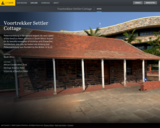
1838 CE - 1843 CE, Pietermaritzburg is the second largest city and capital of the KwaZulu-Natal province in South Africa. Known for its beautiful examples of Victorian and Edwardian architecture, one may be fooled into thinking that Pietermaritzburg was founded by the British. In fact, the city was founded in 1838 by Dutch-speaking Voortrekkers (early Dutch settlers) who moved away from the British authorities in the Cape and headed north into Natal. The town was laid out according to the traditional Voortrekker grid pattern and from 1840 people quarried shale and manufactured bricks to construct the thatched Voortrekker cottages.

1848 CE - 1885 CE, Remembering America's Founding Father
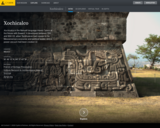
650 CE - 900 CE, A Fortified Hill City of Epiclassic Mesoamerica

During Hurricane Sandy, as the storm surge incapacitated buildings all along the New York and New Jersey coasts, Seagate Seagate Rehabilitation & Nursing Center functioned precisely as planned. At the peak of the storm, floodwaters filled the parking area and reached the lobby door, but did not enter the building. Emergency power generators remained safe and supplied backup power for four days despite an area-wide power outage. The nursing home’s emergency plans for food and medical supplies enabled staff and patients to shelter in place despite limited transportation for incoming supplies. Seagate not only provided continuous care to its residents during and after Sandy, it also assisted local community members seeking food and shelter.

After conducting an assessment that showed their buildings vulnerability to wind damage, the Nicklaus Childrens Hospital in Miami looked for a way to improve safety for patients and staff.

After most of the city was flattened by a tornado, Joplin, Missouris Mercy Hospital built a new facility, incorporating features to reinforce its resistance to wind.